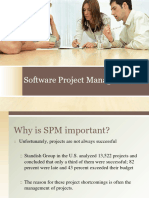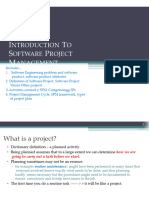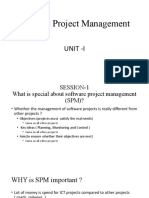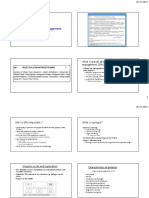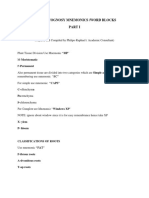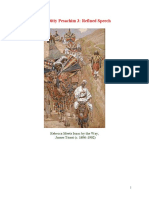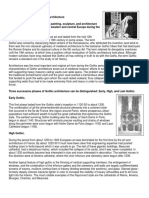0% found this document useful (0 votes)
5 views8 pagesMOS, Module 2 Ex
The document outlines key concepts in software project management, including the management spectrum, project categorization, and the comparison between traditional and modern project management methods. It details major activities of a software project manager, the importance of effective project management, and the classification of systems like engine management systems. Additionally, it discusses factors contributing to project success and failure, emphasizing the need for clear goals, skilled teams, and adaptability to change.
Uploaded by
bbinshad022Copyright
© © All Rights Reserved
We take content rights seriously. If you suspect this is your content, claim it here.
Available Formats
Download as PDF, TXT or read online on Scribd
0% found this document useful (0 votes)
5 views8 pagesMOS, Module 2 Ex
The document outlines key concepts in software project management, including the management spectrum, project categorization, and the comparison between traditional and modern project management methods. It details major activities of a software project manager, the importance of effective project management, and the classification of systems like engine management systems. Additionally, it discusses factors contributing to project success and failure, emphasizing the need for clear goals, skilled teams, and adaptability to change.
Uploaded by
bbinshad022Copyright
© © All Rights Reserved
We take content rights seriously. If you suspect this is your content, claim it here.
Available Formats
Download as PDF, TXT or read online on Scribd
/ 8








